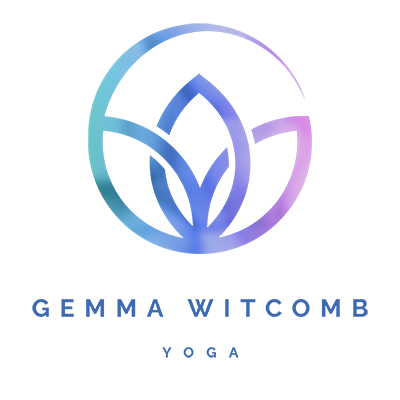Having a really good stretch feels amazing doesn’t it? But have you ever wondered why or wondered if there is such a thing as too much stretching?
When we stretch our brain releases endorphins, mood boosting hormones that block pain and give us feelings of pleasure. A stretch can also feel like a lovely release, especially if we are holding stress induced tension in the muscles. Both of these things make us feel better, and we all want more of that! Many people love Yoga for this reason, along with its calming effects on the nervous system through awareness and regulation of the breath. Stretching also gives us the opportunity to take the joints through their full range of motion and if we want healthy joints, we need to do that as often as possible, daily if we can. All sound good so far?
But, did you know that muscles can also be tight if they are weak? Hypertonic muscles (muscles that have too much tone/tension) wont get better with stretching alone, they need strengthening and mobility exercises to help return them to a more functional state. It’s also very possible to overstretch muscles, causing micro tears and also putting stress on the tendons and ligaments surrounding the joints. This is not what we want, it can cause joints to become unstable, something to be avoided!
Yoga classes often focus on stretching above strength and mobility training, and while this can feel really great, yoga related injuries are on the rise. I should know, I teach vinyasa yoga and have practiced regularly for more than 10 years….I have also picked up a few injuries in my time! As I’ve worked with my body I’ve come to realise that I am addicted to stretch! I love all the positive benefits I mentioned above, and find it a wonderful stress reliver and feel good therapy. But my desire to go deeper, to stretch more is where the danger to my body lies. After working with a sore SI joint and painful elbow for a while, I’m slowly learning to work more on the strengthening aspects on my practice and change passive stretches to active ones.
Triangle is a good example.
You can easily do this pose passively, focusing on a feeling of stretch in the front hamstring, or you can do the following before coming in to the pose:
- Engage the thighs. Pull up to lift the kneecaps and imagine you are hugging or squeezing the thing bone with the muscles.
- Now energetically draw the feet towards each other, they won’t move, but this action should turn on the hamstrings. It’s like you are trying to compress the mat between your feet
- Come into the pose with the legs active and engaged – notice the difference?
This is called co-contraction, contracting both the agonist and antagonist muscles, in this cas the hamstrings and the quads, and it’s a great way to focus on strength and flexibility together. If you find it hard, remember that the stuff we find hardest is normally the stuff we need more of! Try it and see how it feels in your body.
I am reminded of yoga sutra 2.46 sthira sukham asanam – Sthira means steady or strong and sukham means comfortable or easeful (asanam literally means posture) so we are looking to create an equilibrium in our postures between steadiness and ease, strength and flexibility. Yoga, like life is all about finding balance. Expect to find me introducing a few more strengthening and mobility exercises into my sequences from now on J
With thanks to Andrw McGonagle ‘Dr Yogi’ and Tom Waldron Biomechanics

